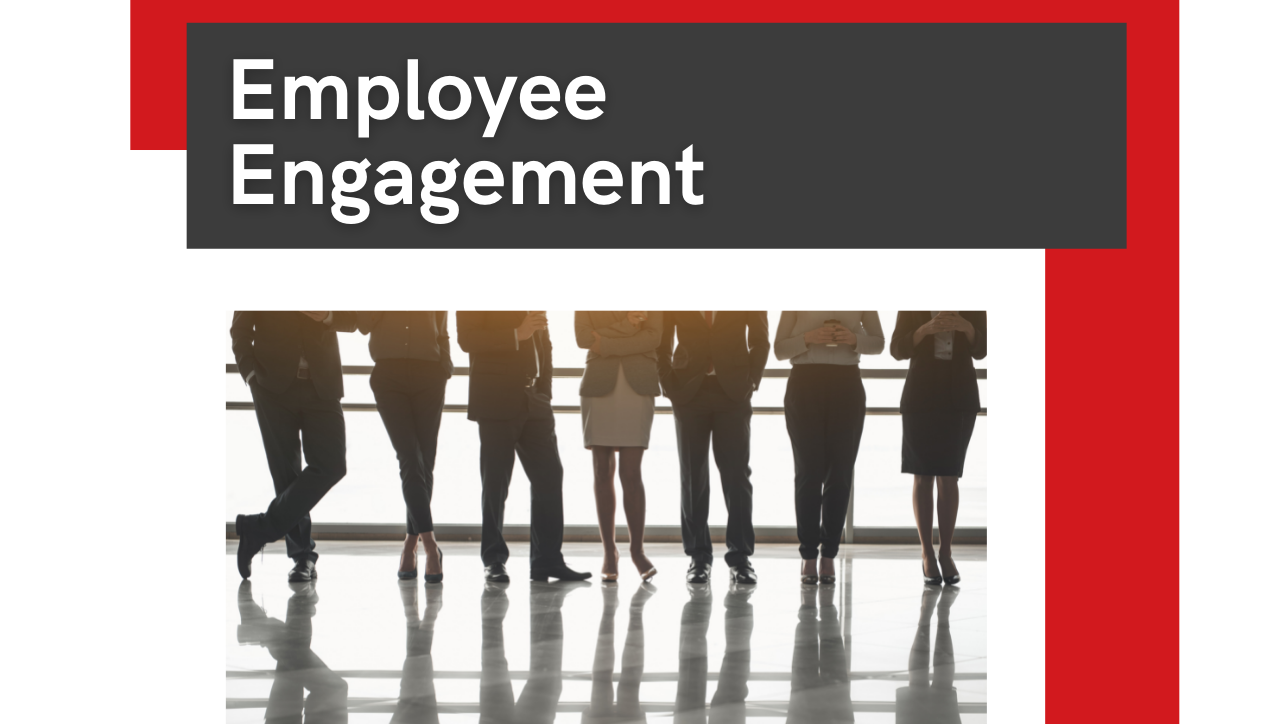“If we want more innovative, more effective, and more influential people in our organizations, empowerment is indeed worth the effort.” Robert Quinn
Employee Engagement
Engagement is a choice. Made implicitly, it answers the question, “Do I put my head, heart, and hands into an objective, or not?” Engagement cannot be commanded. It isn’t created through temporary programs or environmental features like foosball in the break room. It can’t be bought because the price continually increases. In short, you can’t make someone care.
Leaders can, however, invite people into caring. You can create a fertile environment in which engagement grows. You can develop a philosophy that promotes leadership choices and take actions that attract engaged behaviors. This central philosophy is “choice and voice” — It is your choice to include their voice.
Leaders and managers must make a strategic choice to create employee engagement that empowers from within. This choice is a prerequisite if you want employees who do more than collect a paycheck and execute routine tasks. This choice moves you toward an organization filled with members who proactively identify and solve problems and participate in effective teams. Additionally, employees will feel pride in their belonging, accomplishments, and personal growth. These are characteristics most every leader wants in their organization, but few fully realize.
Behavior Is Influenced by the Environment
Engagement is a choice one makes about how they will behave at work; a choice heavily influenced by ones work environment. Kurt Lewin, in the mid-20th century, famously proposed that behavior is a function of a person and their environment. Therefore, when considering employee engagement, a leader must consider the environment he or she is directly responsible for creating.
Empowering environments promote engagement. How is this environment created? According to a study by Gretchen Spreitzer in 1995, there are four organizational characteristics that leaders must understand and develop:
- Business Direction – A clear vision and strategic direction so people fully understand where the organization is headed.
- Teamwork – A sense of participation, openness, and collaborative problem solving that draws people into shared activity.
- Certainty – Goals, lines of authority, jobs, their associated work, and decision rights are clearly understood.
- Relatedness – People feel supported and have a relationship with their superiors, peers, and subordinates.
The best a leader can do is create an environment that promotes self-empowered attitudes and behavior. I can’t directly empower you. You can’t empower me. Empowerment as delegation is a widely shared misunderstanding. You cannot give me a sense of meaning, competence, self-determination, and impact. However, with the right environment, people can find their way into these deeply experienced beliefs. To reiterate, behavior is a function of the person and the environment.
Participation for Better Business Results
A common problem with many so-called engagement initiatives is a lack of connection to the business needs. It turns out, engagement and business results don’t need to be separate initiatives. Leaders can make a choice to build engagement while improving the business. If you are a business leader, the dual benefit is obvious. If you are an HR leader tasked with improving employee engagement, an engagement strategy that also improves the business creates a receptive audience among those whose sponsorship you require to make progress.
There are several core behaviors and features that are known to increase engagement. To be effective, leaders must apply all of them through business improvement initiatives. Here are a few:
- Change the way you solve business problems to ensure effective participation among organization members.
- Balance your view of authority between autocratic and permissive decision-making styles.
- Remain receptive to the open flow of data; don’t shoot the messenger.
Leaders who desire to create employee engagement must make a choice. That choice is to continue the top-down deployment of decisions and action requirements or involve the broader organization in the whole process of solving business needs. In the latter choice, the leader is not only modeling engagement but also inviting the organization to engage. Remaining on the path of engagement requires persistence, and in many cases, deep change in leadership beliefs and behaviors. Although changes like this aren’t easy, the rewards of the journey can be immense.
“Did you see those Gallup numbers? How do we get our people engaged? Build us a program.” – Leaders Everywhere
Plentiful Opportunities
There is an engagement opportunity in each business issue where something must be improved, fixed, or created into existence. This includes solving group-level conflict, aligning goals, improving processes, developing major initiatives, and re-designing business units or a complete business enterprise.
At ON THE MARK, we use participative design methods. A complete description of our work is beyond the scope of this article. However, these are the engagement outcomes we regularly see:
- Better solutions as people with various pieces of data come together to confront difficult issues and develop a more complete picture of the current state.
- More dispersed and freely accepted accountability among organizational members to implement agreed-upon solutions and solve unexpected problems.
- Broadened awareness of how the organization really works, which leads to more at-cause teamwork and less at-effect victim behavior and blaming.
These benefits depend on leaders’ continued integrity. Once you invite employee engagement, you must continue to engage as a leader. Follow-up is vitally important. Without follow-up, leaders risk creating cynicism, disengaged workers, employee turnover, reduced quality, customer dissatisfaction, and the associated profitability decline.
Your Choice to Hear Their Voice
Engagement in your organization hangs on your choice to hear the voice of your employees and involve them in improving the business. Engagement isn’t a program; it’s an outcome of your leadership philosophy. Your philosophy leads to actions that change the environment, which changes people’s behavior.
Take a stand to increase employee participation in solving business issues. Then, stand there. Use your legitimate authority to change the way you engage and work with the organization. Do the same with your direct reports. Ensure employee voices are heard. Stay persistent. These actions will create an environment in which people choose self-empowerment. This is the path that leads to an engaged company culture.
Dan Schmitz is a Consultant at ON THE MARK. OTM’s experience and passion for collaborative business transformation that’s supported by pragmatism, systems thinking, and a belief in people is unparalleled. OTM has been in business for 35 years and is a leading organization design firm.




